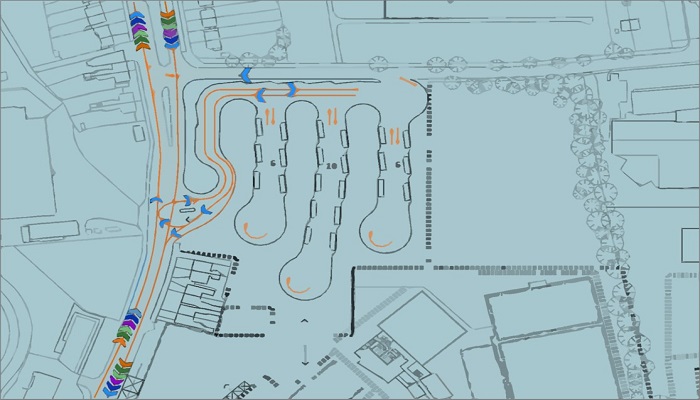Developing the conceptual design for a large bus transport mall

Our client, the Organising Committee of a multisport event, along with the transport stakeholders of the Host City, had expressed significant concerns regarding the planned location of the Athletes’ transport mall.
These concerns were mainly related to the previous use of the area as a depot that would compromise the timely construction of the transport mall, the complicated traffic flows and the lack of a contingency route to access the area.
M-Prime was asked to examine and assess alternative options for the relocation and the conceptual design of the Athletes’ transport mall to ensure a superior Athletes’ experience, efficient and safe operations for buses, while minimizing traffic bottlenecks.
The way to problem solvingM-Prime implemented a staged process to support its client in selecting the most appropriate among multiple Athletes’ transport mall design options.
First, we defined the design specifications with respect to load zone configuration, load zone dimensions, number of traffic lanes between load zone and bus turning radius, that ensure unimpeded and safe bus operations.
Then, we developed multiple mall design options (more than 10) for alternative locations, as indicated by the client. Implementing a filter, the most promising options were selected. More specifically, design options with less than 15 load zones or with complex traffic and pedestrian flows were excluded.
In the second filter of the process, the remaining mall design options were assessed against a series of criteria and the layout with the highest score was selected.
ImpactOne of the proposed sites by the client for the relocation of the Athletes’ transport mall did not meet any criteria under all possible configurations and it was rejected from further processing.
We developed detailed drawings for the most promising options and we assessed them using criteria, such as the number of load zones, the size of the available staging area, the proximity to the welcome centre, the total area used, the complexity of pedestrian flows, the access and the impact on the local road network.
The recommended design was the one with the highest score. We have also developed a simulation model for the selected design to study the behaviour of a new proposed signalised intersection based on three signal cycles. The simulation resulted in the identification of the best signal cycle times to avoid excessive queues and delays.
Back
